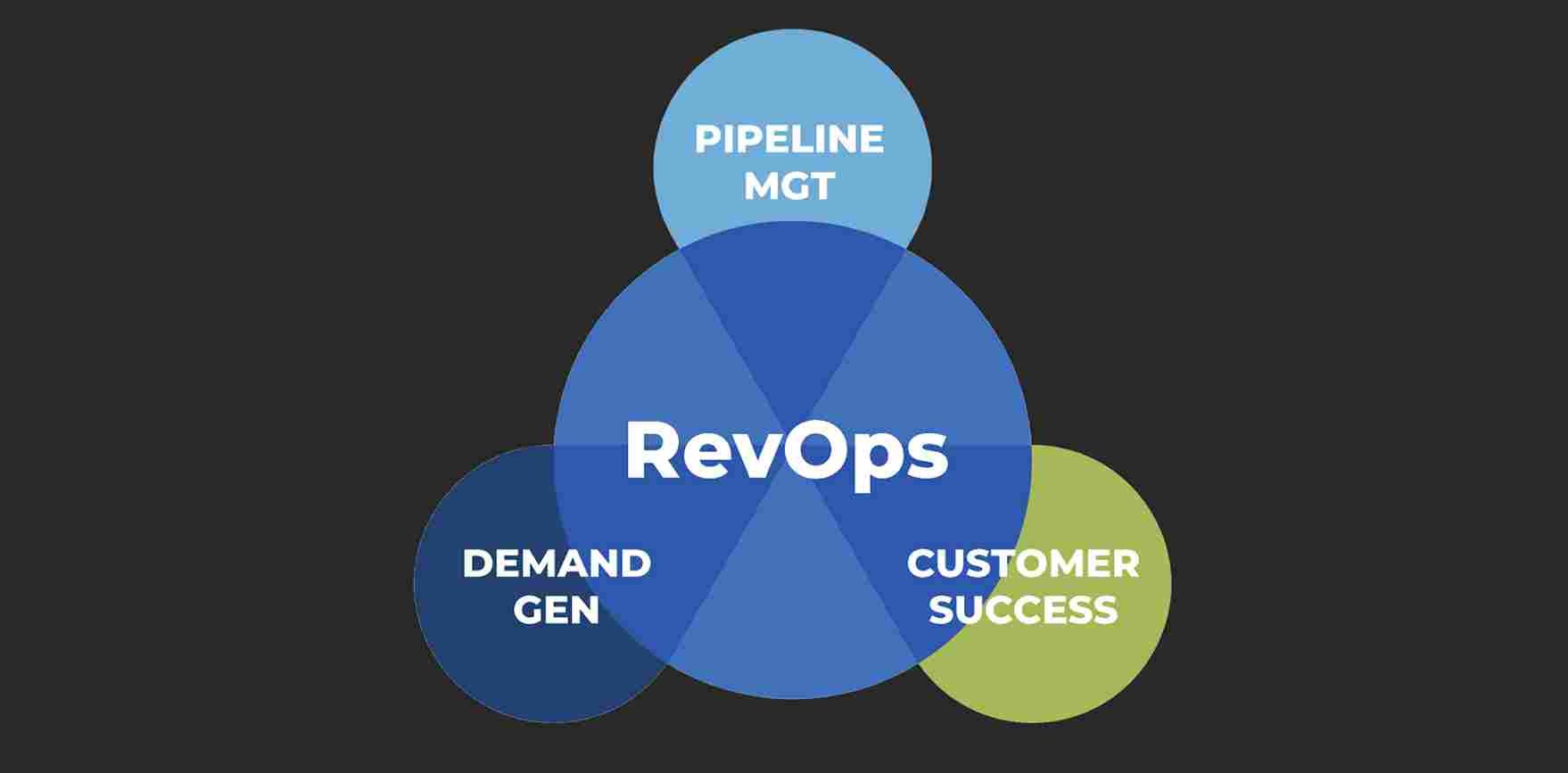How to Integrate New Technology into Your Business
In the fast-paced world of business, staying ahead often means embracing the latest technological advancements. Technology integration can streamline operations, enhance productivity, and provide a competitive edge. However, effectively incorporating new tech into your business requires a strategic approach. Here’s a comprehensive guide on how to successfully navigate the process of business technology adoption and ensure that implementing new tech contributes to your company’s success.
1. Assess Your Needs and Objectives
Before diving into the realm of new technology, it’s crucial to assess your current business needs and objectives. This involves a thorough evaluation of your existing systems and identifying areas where technology can offer significant improvements. By clearly defining your goals, you can focus on solutions that align with your business strategy and address specific challenges.
Identify Pain Points
Start by pinpointing the pain points in your operations. Are there bottlenecks in your workflow? Is there a lack of efficiency in data management? Understanding these issues will help you choose technology solutions that offer the most value.
Set Clear Goals
Establish what you hope to achieve with technology integration. Whether it’s increasing productivity, improving customer service, or reducing costs, having clear objectives will guide your technology choices and implementation strategy.
2. Research and Select the Right Technology
Once you have a clear understanding of your needs, it’s time to research available technologies. Evaluate different options based on their features, compatibility with your existing systems, and overall cost. Ensure that the technology you choose aligns with your business goals and provides a robust solution to the identified pain points.
Compare Solutions
Investigate various technology solutions and compare their functionalities. Look for technologies that offer scalability, ease of use, and strong support. Consider conducting a cost-benefit analysis to determine the potential return on investment (ROI) of each option.
Seek Expert Advice
If necessary, consult with technology experts or vendors who can provide insights into the best solutions for your business. Their expertise can help you make an informed decision and avoid common pitfalls.
3. Develop a Comprehensive Implementation Plan
A well-structured implementation plan is essential for a smooth transition. This plan should outline the steps for integrating new technology, from initial setup to full deployment. Key components of your plan should include:
Timeline and Milestones
Create a timeline that details each phase of the implementation process. Set clear milestones to track progress and ensure that the project stays on schedule.
Resource Allocation
Determine the resources required for the implementation, including personnel, budget, and training. Allocate these resources accordingly to support a successful integration.
Risk Management
Identify potential risks associated with the integration process and develop strategies to mitigate them. Having a risk management plan in place will help you address challenges effectively and minimize disruptions.
4. Train Your Team
Effective training is a cornerstone of successful business technology adoption. Ensure that your team is well-prepared to use the new technology by providing comprehensive training sessions. This will not only enhance user proficiency but also foster a positive attitude towards the change.
Develop Training Programs
Design training programs tailored to different roles within your organization. Provide hands-on training and resources to help employees become comfortable with the new technology.
Offer Ongoing Support
Establish a support system to assist employees as they adapt to the new technology. Offering ongoing support and resources will help address any issues that arise and ensure a smooth transition.
5. Monitor and Evaluate Performance
After the technology has been implemented, it’s important to monitor its performance and evaluate its impact on your business. Regular assessments will help you determine whether the technology is meeting your objectives and identify any areas for improvement.
Track Key Metrics
Monitor key performance indicators (KPIs) related to the technology’s impact. These might include productivity gains, cost savings, or customer satisfaction levels. Analyzing these metrics will provide insights into the technology’s effectiveness.
Gather Feedback
Solicit feedback from employees who use the technology daily. Their insights can help you understand any challenges or issues that need to be addressed. Use this feedback to make any necessary adjustments and improve the overall implementation.
6. Continuously Improve and Adapt
Technology is constantly evolving, and so should your approach to tech integration strategies. Stay informed about new developments and be prepared to adapt your systems and processes as needed.
Embrace Innovation
Keep an eye on emerging technologies that could further enhance your business operations. Being open to innovation will help you stay competitive and ensure that your technology remains relevant.
Regular Updates and Upgrades
Perform regular updates and upgrades to your technology systems. This will help you maintain optimal performance and take advantage of new features and improvements.
Conclusion
Integrating new technology into your business is a strategic endeavor that requires careful planning and execution. By following these steps—assessing needs, researching solutions, developing a solid implementation plan, training your team, monitoring performance, and adapting to changes—you can ensure a successful transition. Embracing technology integration and adopting tech integration strategies will not only improve your operations but also position your business for future growth and success.





